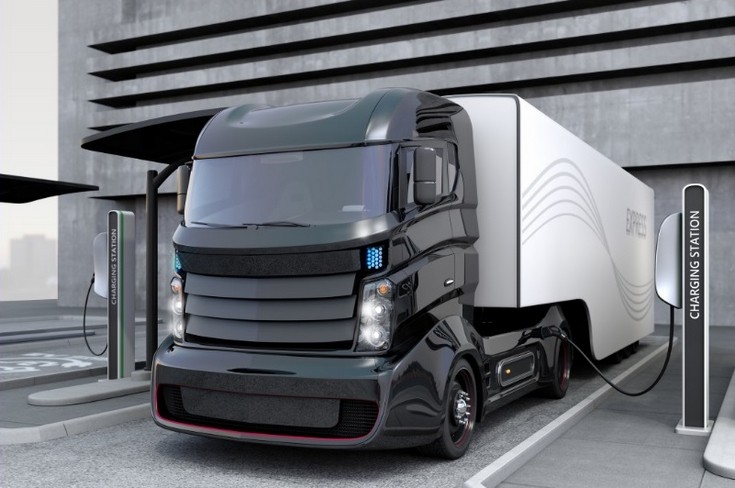Kategori : ELECTRICITY ENERGY NEWS, ENERGY AGENDA NEWS - Tarih : 28 June 2020
Volvo Trucks is now driven to roll out electrically-fueled heavy-duty trucks — the kind that makes short runs. It’s part of an effort by the state of California to help clean up air pollution and specifically in Los Angeles. Up first: about two dozen trucks with the accompanying charging stations.
Specifically, the California Air Resources Board is investing $45 million. The money will be used by Volvo Trucks and 14 others to advance electric transportation and to promote zero-emissions technologies. Those private businesses are contributing the same amount of money, all to accommodate what they believe will be strong demand — one motivated by cheaper operational and maintenance costs along with mandatory rules to reduce harmful air emissions.
 “This project aligns with our core values as a company, which are about safety and care for the environment,” says Keith Brandis, vice president of partnerships and strategic solutions for Volvo Group, in a talk with this writer. “It is a business and as such, it has to be reasonable: anyone can build a prototype in the garage. But we will not deliver the trucks until we have the complete system in place, which includes the technicians and electrical infrastructures.”
“This project aligns with our core values as a company, which are about safety and care for the environment,” says Keith Brandis, vice president of partnerships and strategic solutions for Volvo Group, in a talk with this writer. “It is a business and as such, it has to be reasonable: anyone can build a prototype in the garage. But we will not deliver the trucks until we have the complete system in place, which includes the technicians and electrical infrastructures.”
Right now, Volvo has five electric trucks in southern California, with another three soon to arrive. They are more expensive than traditional trucks that run on the internal combustion engine and that run on diesel fuel. But over time, they will pay for themselves. Not only do they not use fuel, but they also do not have as many components and thus, they cost less to maintain.
The batteries that run those electric trucks are also getting better and cheaper. The newest lithium-ion batteries have 20% more density, allowing the trucks to go at least 150 miles in a given day without having to be recharged. In comparison, long haul electric trucks can go at least 300 miles while cars can travel at least 60 miles.
The trend can’t happen quickly enough. The transportation and electricity sectors account for more than half of all greenhouse gas emissions in the United States. And in 2016, CO2 concentration levels had surpassed the 400 parts per million threshold, which is the red line where climate scientists say that the ecological impacts of warming are irreversible. The National Oceanic and Atmospheric Administration says that they are at 416 parts per million as of May 2020.
“There are the same parallels as solar, which is a lot of interaction between the government and the private sector to drive this forward and gain scale,” says Bob Stojanovic, director of electric vehicle infrastructure North America at ABB, which is creating the software programs and the hardware to build out the needed charging infrastructure. “Once this is achieved, then those incentives are not needed. The cost will come down because of the scale. And it is self-perpetuating.”





